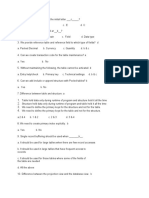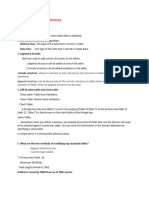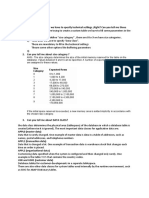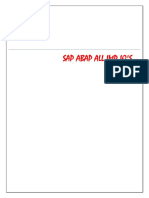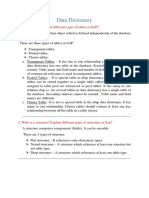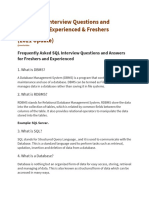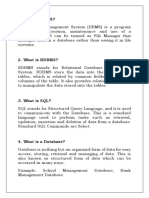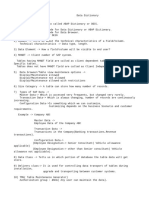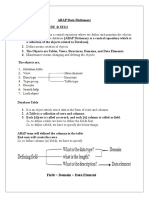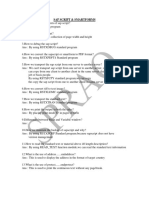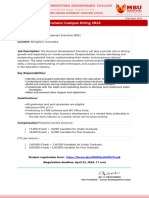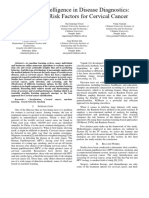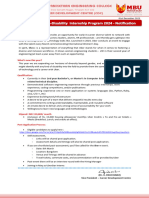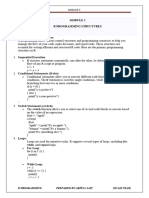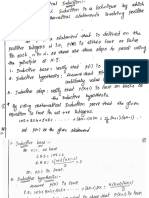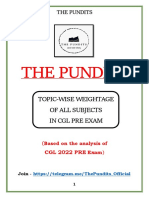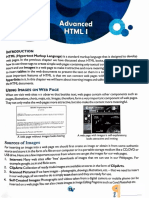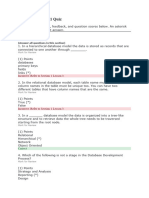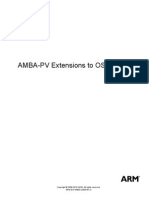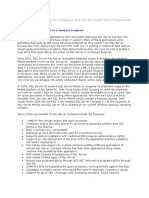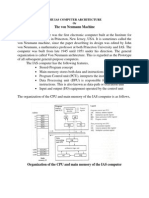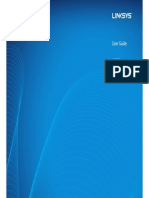0% found this document useful (0 votes)
385 views5 pagesDDIC Interview Questions-1
The document discusses various Data Dictionary (DDIC) concepts in SAP like search helps, match code objects, hotkeys, database tables, transaction codes for table maintenance (TMG) and data browser, differences between various DDIC objects, locking concepts and more. It contains answers to 33 questions on these topics.
Uploaded by
Sasidhar GanugapentaCopyright
© © All Rights Reserved
We take content rights seriously. If you suspect this is your content, claim it here.
Available Formats
Download as PDF, TXT or read online on Scribd
0% found this document useful (0 votes)
385 views5 pagesDDIC Interview Questions-1
The document discusses various Data Dictionary (DDIC) concepts in SAP like search helps, match code objects, hotkeys, database tables, transaction codes for table maintenance (TMG) and data browser, differences between various DDIC objects, locking concepts and more. It contains answers to 33 questions on these topics.
Uploaded by
Sasidhar GanugapentaCopyright
© © All Rights Reserved
We take content rights seriously. If you suspect this is your content, claim it here.
Available Formats
Download as PDF, TXT or read online on Scribd
/ 5





